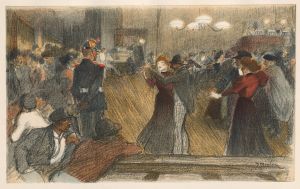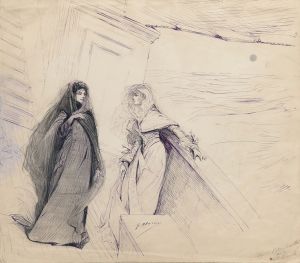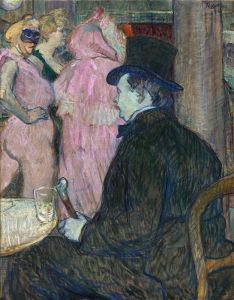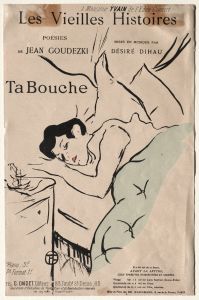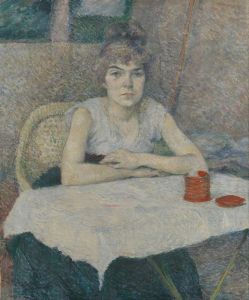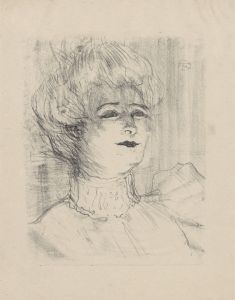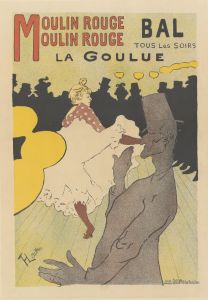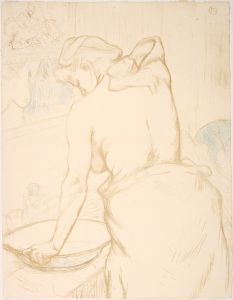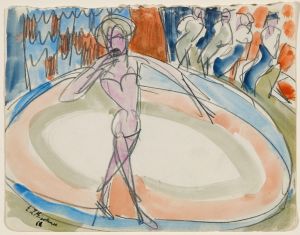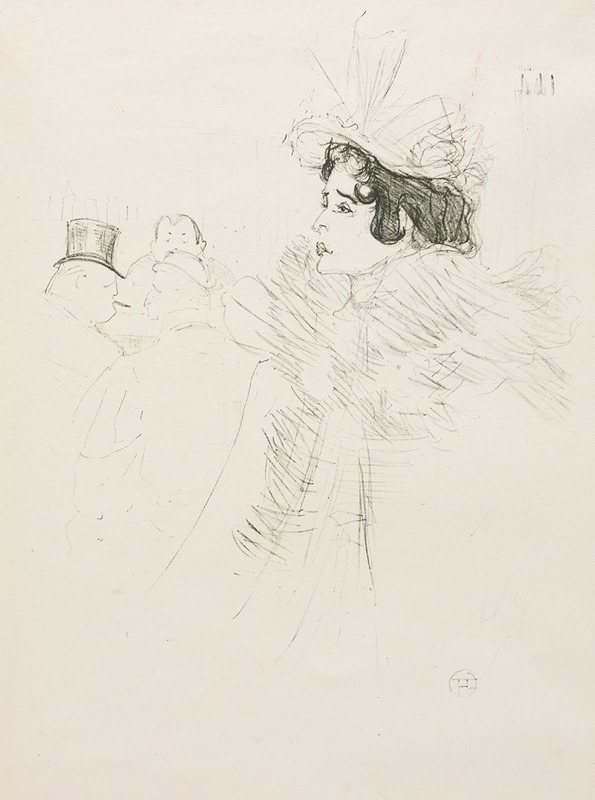
Miss May Belfort
A hand-painted replica of Henri de Toulouse-Lautrec’s masterpiece Miss May Belfort, meticulously crafted by professional artists to capture the true essence of the original. Each piece is created with museum-quality canvas and rare mineral pigments, carefully painted by experienced artists with delicate brushstrokes and rich, layered colors to perfectly recreate the texture of the original artwork. Unlike machine-printed reproductions, this hand-painted version brings the painting to life, infused with the artist’s emotions and skill in every stroke. Whether for personal collection or home decoration, it instantly elevates the artistic atmosphere of any space.
Henri de Toulouse-Lautrec, a prominent French painter, printmaker, and illustrator, is renowned for his depictions of Parisian nightlife in the late 19th century. One of his notable works is "Miss May Belfort," a painting that captures the essence of the cabaret scene during the Belle Époque period. Toulouse-Lautrec's art is characterized by its vivid portrayal of the bohemian lifestyle, and "Miss May Belfort" is no exception.
May Belfort was an Irish singer and performer who became a popular figure in the Montmartre district of Paris. She was known for her unique stage presence and distinctive style, often performing in a baby doll dress and singing in a childlike manner. Belfort's performances were well-received, and she became a muse for Toulouse-Lautrec, who was fascinated by the vibrant and eclectic personalities of the performers he encountered.
The painting "Miss May Belfort" is an example of Toulouse-Lautrec's ability to capture the character and spirit of his subjects. In this work, he employs his signature style, using bold lines and a limited color palette to emphasize the features of the performer. The painting is notable for its focus on Belfort's facial expression and costume, which are rendered with a sense of immediacy and intimacy. Toulouse-Lautrec's technique often involved the use of lithography, a medium that allowed him to produce multiple copies of his works and reach a wider audience.
Toulouse-Lautrec's portrayal of May Belfort is not just a representation of the performer herself but also a reflection of the cultural milieu of the time. The late 19th century in Paris was a period of artistic innovation and social change, with the rise of cabarets and music halls providing new opportunities for artists and entertainers. Toulouse-Lautrec was at the forefront of this movement, capturing the dynamic and sometimes decadent atmosphere of the era.
The painting is part of a larger body of work by Toulouse-Lautrec that documents the lives of performers, dancers, and other figures associated with the nightlife of Paris. His works are celebrated for their candid and often empathetic portrayal of individuals who were considered unconventional or marginal by the standards of the time. Toulouse-Lautrec's art provides valuable insights into the social dynamics and cultural trends of the Belle Époque, making him a key figure in the history of modern art.
"Miss May Belfort" exemplifies Toulouse-Lautrec's mastery of capturing the essence of his subjects with economy and precision. His ability to convey the personality and presence of May Belfort through his distinctive style has contributed to the enduring appeal of his work. Today, Toulouse-Lautrec's paintings, including "Miss May Belfort," continue to be celebrated for their artistic innovation and historical significance, offering a window into a vibrant and transformative period in the history of art and entertainment.





